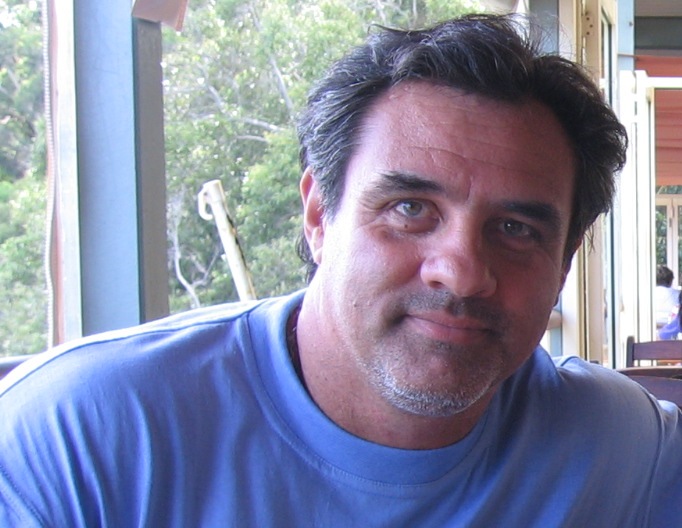windows xp maintenance tasks
If your computer seems slower than it used to be, it probably is. Over time, computers get slower because files become disorganized and resources are consumed by unnecessary software. Fortunately, Microsoft Windows XP includes tools to clean up your computer and restore its performance. The five steps in this article will walk you through the use of these tools to tune up your computer.
Note:- Take Backup of all your data before proceeding any of the following tasks
Remove unused programs
First, remove programs you don’t use anymore. Programs take up space on your computer, and some run in the background without your Knowledge. Removing programs you don’t use can help restore your computer’s performance.
Click Start, and then click Control Panel.
Click Add or Remove Programs.
In the Currently installed programs list, click the program that you want to remove. Then, click Remove or Change/Remove.The below program is an example.
Follow the instructions that appear to remove your program. Each program has a different process. Restart your computer if prompted.
Install and run antispyware or Adaware software
You should always have an antispyware program installed, because spyware might install itself on your computer without your knowledge. After you install the antispyware program, run it to detect and remove any unwanted programs.
My recommended Programs
Ad-Aware 2007 Download from here
Spybot Search&Distroy Download from here
Hijackthis Download from here
Windows Defender Download from here
Run Disk Cleanup tool
Removing unused programs is a great way to free up disk space, which will speed up your computer. Another way to find wasted disk space is to use the Disk Cleanup tool.
Disk Cleanup is available on both Home and Professional versions of XP. The utility can be accessed in one of the following methods isted below.
Click Start>All Programs>Accessories>System Tools>Disk Cleanup
or
Click Start>Run type cleanmgr and click OK
or
In Windows Explorer or My Computer, right-click the disk in which you want to free up space, click Properties, click the General tab, and then click Disk Cleanup.
Once it opens you should see similar to the following screen here select the files and click ok
Defragment your hard disk drive
As advanced as hard drives have become, one item they are not very good at is housekeeping, or maybe that should be drive keeping. When files are created, deleted, or modified it’s almost a certainty they will become fragmented. Fragmented simply means the file is not stored in one place in its entirety, or what computer folks like to call a contiguous location. Different parts of the file are scattered across the hard disk in noncontiguous pieces. The more fragmented files there are on a drive, the more performance and reliability suffer as the drive heads have to search for all the pieces in different locations. The Disk Defragmenter Utility is designed to reorganize noncontiguous files into contiguous files and optimize their placement on the hard drive for increased reliability and performance.
You can open the disk Defragment using one of the following procedure
Use the Properties of Your Local Disk
Open My Computer
Right-click the local disk volume that you want to defragment, and then click Properties.
On the Tools tab, click Defragment Now.
Click Defragment.
or
Use Computer Management MMC
Start Computer Management MMC (Compmgmt.msc).
Click Disk Defragmenter.
Click the volume that you want to defragment, and then click Defragment.
or
Start>All Programs>Accessories>System Tools>Disk Defragmenter
or
Start>Run>and type dfrg.msc Click OK
The Disk Defragmenter appears. Click your hard disk drive, and then click Defragment.
Disk Defragmenter will work for at least several minutes, although it might take several hours. When prompted, click Close.
Sample report as follows
Disconnect unused network connections
Mapping network drives allows one computer to read and write files to another computer’s hard disk drive as if they were directly connected to each other.The problem with network drives is that Windows XP will attempt to connect to the network drive when it starts up. If the remote computer does not respond immediately, Windows XP will wait, which will slow down your startup time.
Additionally, some programs will attempt to connect to the network drive when you browse for files and folders. If you have ever tried to open a file and had to wait several seconds, it is probably because the program was trying to establish a network connection—even if the file you are opening is on your local computer.
Click Start, and then click My Computer.
In the Tools menu, click Disconnect Network Drive.
Select the network drives that you no longer need, and then click OK.
Clear your Internet History
For IE6 Users
Open Microsoft Internet Explorer 6.0
Click Tools.
Click Internet Options.
Click Clear History.
Click OK.
For IE 7 Users
Open Microsoft Internet Explorer 7.0
Click Tools and select Internet Options
Select General Under Browsing History click on Delete Button
Here you need to delete the marked IE History

1 comment:
Nice tips. I recently ran CCleaner and Diskeeper on my crapped drives, the difference is pleasantly surprising, programs opening faster and no lags while switchin windows. Diskeeper defrags real good and fast.
Post a Comment